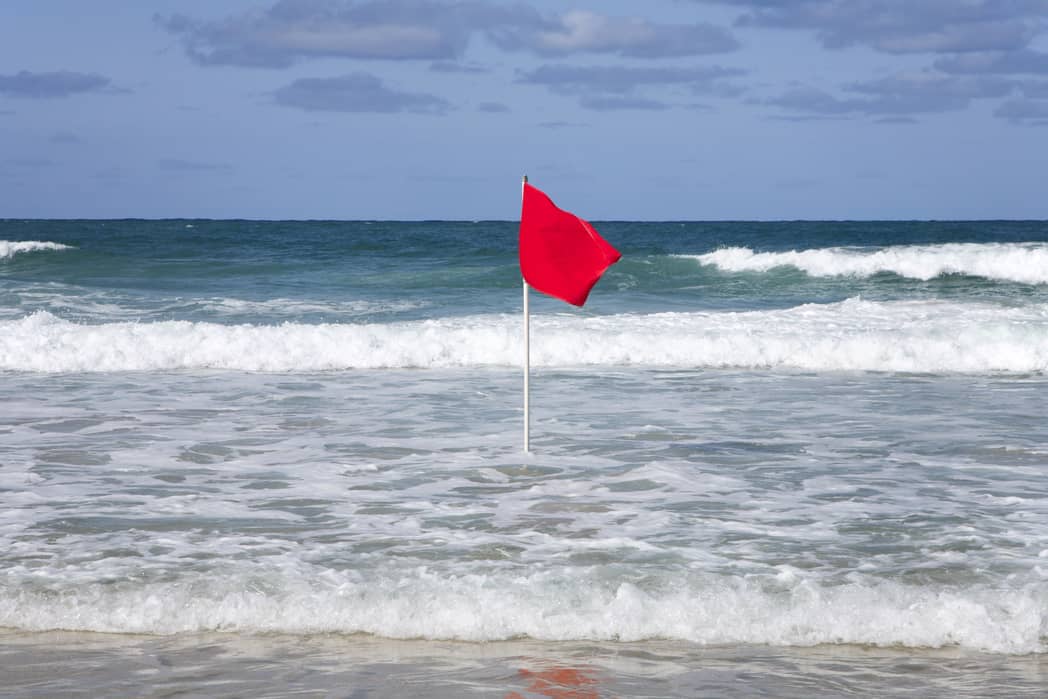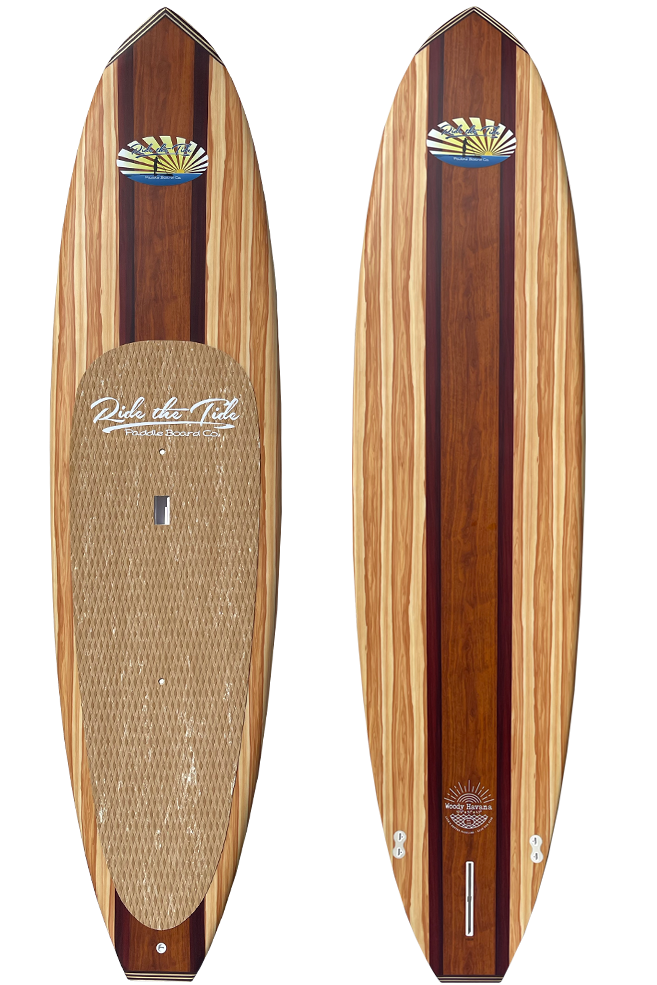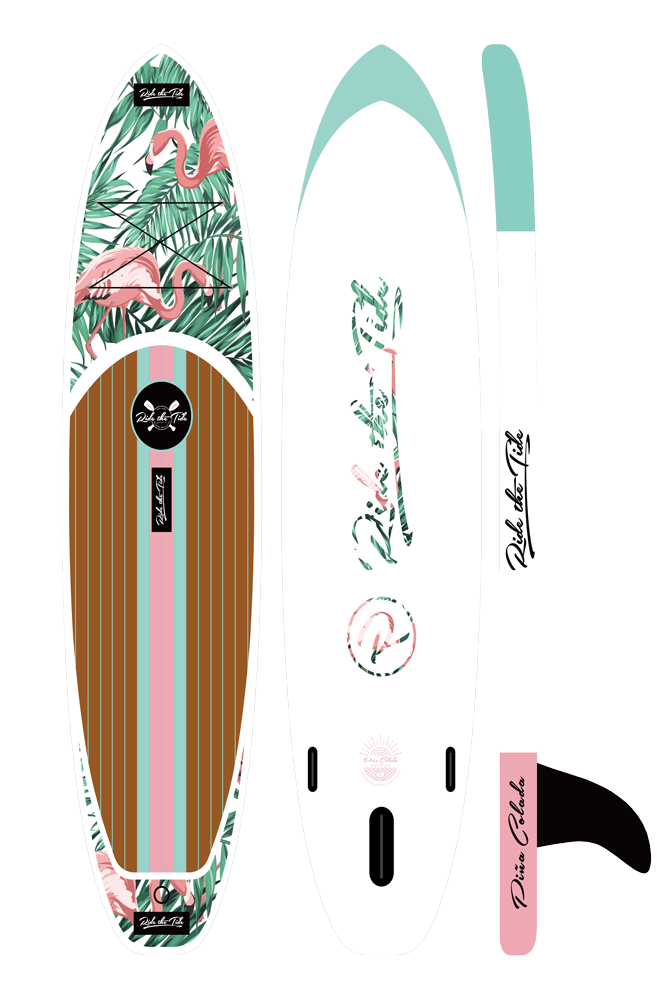
14-07-2017 / BLOG
8 Common Mistakes SUP Beginners Make
Ride The Tide
Learning to master the art of SUP boarding is a fun and challenging experience. Here are 8 common mistakes that SUP beginners make - and how to avoid them.
Using the board inappropriatelySUP boards are delicate - they are made from fibreglass, so if they are dropped on cement or smashed into rocks they can easily become damaged. If you want your board to last a long time, you need to take care of it. For more information, see our SUP care and maintenance tips. You also need to make sure that you are using the appropriate board for your SUP style - SUP boards are designed according to their intended use, whether it be low-impact cruising, surfing or long-distance. If you have never SUP boarded before, we recommend that you choose a beginner-suitable board that is stable and easy to manoeuvre. Don’t choose a board that is too narrow or short, as these can be difficult for SUP newbies. Not sure which type of board you need? Use our SUP calculator - just click ‘Find Your Board’ on our home page and away you go.
SUP boarding in dangerous conditions
 We recommend staying away from waves, currents, winds, rocks and crowds until you are comfortable on your SUP board. Flat water is the best place to start, because it will allow you to learn how to manoeuvre your board safely without the added stress of adverse conditions.
When you are starting to SUP, you need to be realistic about your skill level and always put safety first. On a nice, calm day with light winds learning to SUP will be enjoyable and easy to get the hang of - on a breezy or rainy day it will be a frustrating experience!
We recommend staying away from waves, currents, winds, rocks and crowds until you are comfortable on your SUP board. Flat water is the best place to start, because it will allow you to learn how to manoeuvre your board safely without the added stress of adverse conditions.
When you are starting to SUP, you need to be realistic about your skill level and always put safety first. On a nice, calm day with light winds learning to SUP will be enjoyable and easy to get the hang of - on a breezy or rainy day it will be a frustrating experience!
Start with feet wide to begin with - slightly bent knees, in the centre of the board where the handle is. This makes it easier to begin with, more stable and balanced. Then as you get more comfortable and skilled you can bring the feet in a little, not so wide, still slightly bent knees. Don’t forget to always brace your core.
Not using a leashNot using a leash - especially in the surf - is unsafe for you as well as the people around you. A leash allows you to maintain control of your board and keep it near you at all times. Your board floats, so it will come in very handy if you are ever caught in a current, become overly tired or get lost. Without a leash, your board can drift away from you in seconds and it can be a real pain (and a potentially dangerous experience) to get it back.
Using the paddle backwards/holding incorrectlyThe right way to use a SUP paddle is counter-intuitive. The SUP blade should be pointed towards the front of your board, as this creates lift in your stroke and will help your board to glide across the top of the water. You want the blade facing at an angle away from you, so that if you drew a 90° angle from the shaft of the paddle to the blade of the paddle it would make a triangle. See this pic for a visual.
SUP boarding alone… Or in a crowd!As a beginner, you should avoid SUP boarding alone or in a crowd. In terms of crowds - you’re still learning how to control the board, so you don’t want to be surrounded by people you could potentially injure. Also, if you’re constantly worrying about running into others (or having others run into you) you won’t be as focused on mastering your technique. We also don’t recommend SUP boarding alone - it is always good to have a buddy in case of injury or unexpected events. If you do choose to SUP alone, make sure that you always tell someone where you will be and that you have a backup plan in case of emergency.
Staring at your feetWhenever people learn something new that involves balance, they have a tendency to look at their feet. Doing this on a SUP board will actually make it more difficult for you to keep your balance. So, where should you look? Choose a spot on the horizon!
Paddling downwind firstPaddling downwind (i.e. in the direction the wind is blowing) first makes for an easy first half and a very challenging second half. It is a much better idea to travel upwind FIRST so that on your way back, you can relax and enjoy the journey as the wind helps to blow you back to where you started. You don’t want to travel downwind initially and then be too exhausted to make it back to shore! Want to know more tips for SUP beginners? Check out ten basics to master as you learn to SUP.
 Loading... Please wait...
Loading... Please wait...



